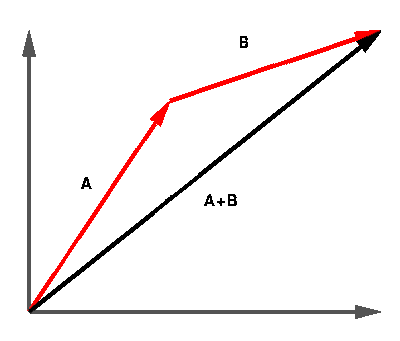Some key words and phrases are:
One of the things you going to run into is a ''Bearing" a bearing will be given to you in a number, that number is the amount of degrees it is clockwise from north. For example a bearing of 90 would mean that it would straight east.
If you know your directions your going to get this...
These are the few different directions that your going to end up getting....
North of East
East of North
East of South
South of East
South of West
West of South
West of North
North of West
East of North
East of South
South of East
South of West
West of South
West of North
North of West
For example if you have "North of East" you would look at the north spot and travel East. Now to throw something else in there is going to be a number like "North 45 East"
Always start with the first direction you are given and go clockwise or counter clockwise in the amount of degrease you are given.
When your writing your question down you have to be as accurate as possible because you will be given two or more directions and have to measure the distance back...

This is Vector addition
As you see the first direction it is done as i said but the second direction is a bit more tricky. When you draw you first line just draw it till the distance you need to go. For example it may say 5km when of coarse you couldn't draw it. Make a scale that makes since to the amount of space you have to draw it. 1km may be one centimeter. When you draw your second line you must imagine or draw a norther grid as the end of line and draw the second line just like the first.
If the question asks you what is the distance, "the way the crow flys" it's as simple as measuring the distance back to the staring point. If you have drawn it to scale and wrote down the right distances just use a ruler for the distance.
Good luck...
No comments:
Post a Comment